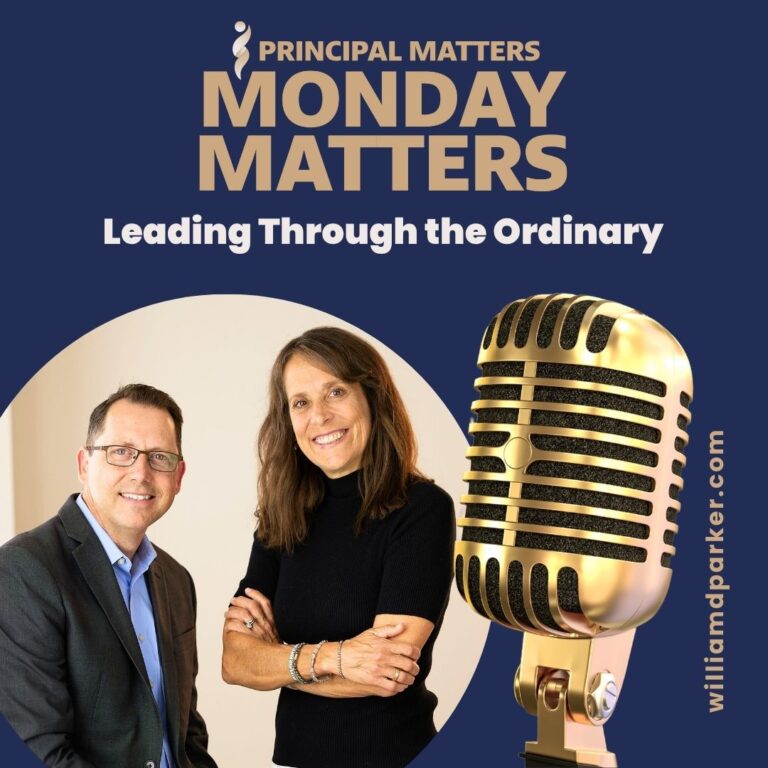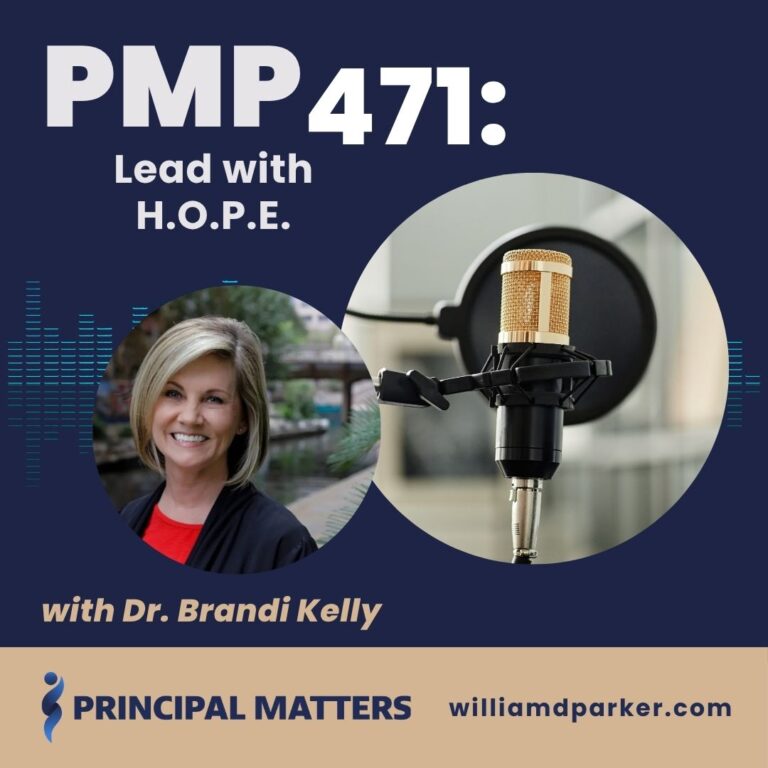When I was a teenager, I was splitting logs for our woodpile when I couldn’t find the familiar wedge I normally used.
Looking around I spotted an old axe head and decided it would have to do.
Placing it into a good crack in the end of a large log, I knocked the axe head into place with a sledgehammer, and then began swinging. Suddenly, I felt a vibration running up the bones of my left arm from my wrist up to my elbow.
I dropped the sledgehammer and looked down. Blood was pouring from an opening in the top of my left wrist.
Instinctively, I wrapped my right hand around my wrist and walked toward my dad who standing in the yard.
“Dad,” I said, “I think I broke my wrist.”
“What do you mean?” he asked. “How?”
“I was chopping that piece of wood with the axe head for a wedge when I felt my arm vibrating, and look.”
I held up my bleeding arm for his examination. Dad examined it for a few seconds.
“That doesn’t look like a broken bone,” he said. “For one thing, nothing’s protruding. And it looks more like a puncture wound.”
Before long we had driven to town where our local doctor ordered x-rays, and he explained that a small piece of metal had broken off the axe head and lodged between the bones in my wrist. It had cut the tendon going to my thumb.
The next day I was prepped for surgery, the metal was removed, and I wore a cast for six weeks while the tendon healed.
Pain Can Be a Good Teacher
Interestingly, when we experience pain or discomfort, we tend to remember. I was thinking about this the other day when I was listening to a presentation on school culture from Dr. Anthony Muhammad, author of Transforming School Culture.
During his talk, he explained that one of the first steps a leader must take to positively affect school culture is “confronting the brutal facts.” Being honest about our weaknesses is an important step in improvement and growth.
Let me give you an example from my years in the classroom. When I was a new teacher sometimes my correction of students became what I would call an over-reaction. In other words, at times I would “lose it” when I became angry.
Whenever this happened, it didn’t take long to see how it damaged relationships. Eventually, I learned that I was making the mistake of taking student misbehavior personally–taking offense with the student himself or herself rather than his or her behavior.
So I had to confront the brutal fact that my first lesson in teaching self-control was to practice it myself. To make this lesson stick, I decided that if I overreacted in my words or tone while correcting students, I would begin requiring myself to follow-up with an apology.
At first my students were stunned. But in most cases, they began to respond in kind. Instead of seeing the apology as a position of weakness, they respected my honesty. Their misbehavior still needed correction, but I was learning how to behave like an adult, and this helped de-escalate a lot of situations.
You know what else happened? Because apologizing required humility and created discomfort, I began to “lose it” less and less. Over the years, I gained a reputation as someone who stayed calm under pressure.
I still wrestle with self-control in this area, but if I had refused to confront the brutal facts, how would I have taken the necessary steps for correction? And how would I have reaped the benefits of the mutual respect that follows?
Conclusion
I have a scar on the top of my left wrist. The scar has grown fainter over time. Though it was a painful wrist injury, I learned a brutal fact about splitting wood: axe-heads make bad wedges; the milder-steel wedges made for the job don’t fracture with the impact of hard steel sledgehammers.
What scars have you experienced as educator? Or what potential pitfalls are not being addressed? When you take time to confront the brutal facts, painful as they may be, you can often turn those moments into powerful lessons—for yourself and others.
Now It’s Your Turn
As you think about school-improvement, what are some practices, habits, or tendencies you may have that need self-examination? What brutal facts do you need to take a look at so that you can help others confront their own and improve performance?
Sign-Up For Free Updates and Ebook
When you enter your email address here, you will automatically receive Principal Matter posts and a free Ebook, 8 Hats: Essential Roles for School Leaders. Let’s keep learning together!
Principal Matters Podcast
Check out audio versions of Principal Matters posts at iTunes. Rate PMP at iTunes; when you do, it makes it more visible to others!
Principal Matters–The Book!
School leaders are very busy, so each of the twenty-four chapters is designed as a quick-read and followed with take-action questions for follow-up or reflection. If you want practical ideas on understanding your purpose, managing school teams, dealing with challenges, and leading with courage, action, motivation, and teamwork, go HERE to pick up a copy for you or your team.




